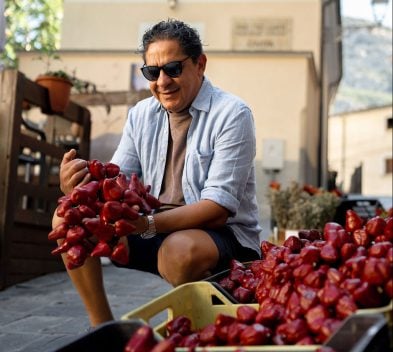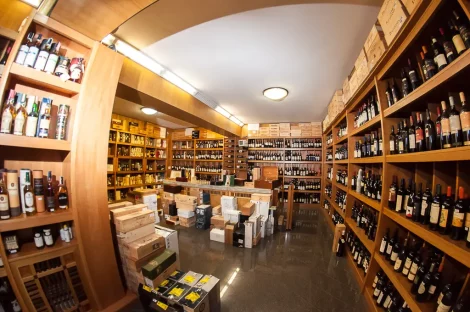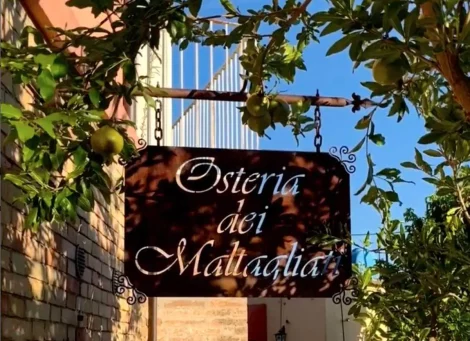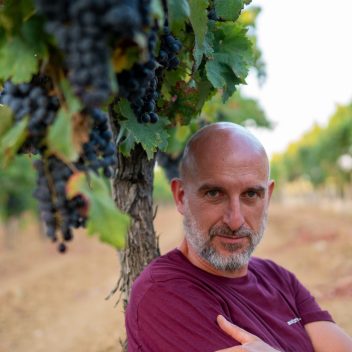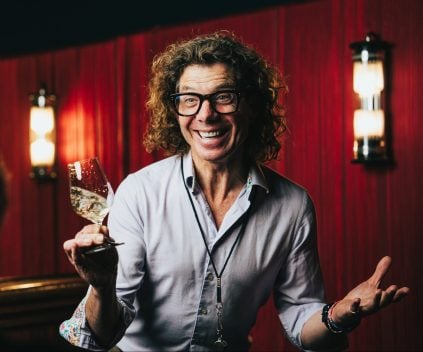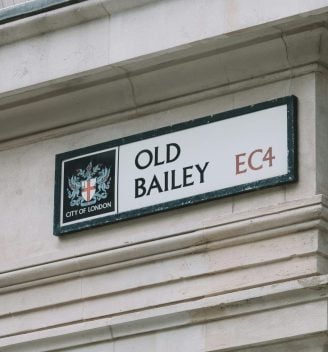Luca Raccaro has been leading the Collio Consortium for just over two months, following the conclusion of David Buzzinelli’s term. We spoke with him about the consortium’s plans, including the resolution of the dispute over Collio Bianco “from indigenous grapes”, sparked by the initiative of around ten producers at odds with the consortium’s policies.
"At the end of David Buzzinelli’s term, he did not stand for re-election. I was already vice president and made myself available. Now the work continues, with a consistent line between myself and David," begins Raccaro, who is the youngest president in the 60-year history of the consortium.
What is the current state of the denomination?
We’re doing well. We produce 7 million bottles. In 2024 we experienced a 30% reduction in production due to the weather and challenging vintages, but we expect to recover with the next harvest. Our greatest satisfaction comes from Italy, where 70% of sales are concentrated, especially in the northern regions, Rome and Lazio, Campania, and Sicily. The share of international sales — primarily in the USA, Germany, and Switzerland — stands at 30%.
Has the issue of tariffs caused you any problems?
No, the tariffs haven’t had an impact. And for now, they’re frozen. We expect them to be reconsidered downward. Our American partners are also confident. Our region offers quality, so we’re not worried: importers are reassured.
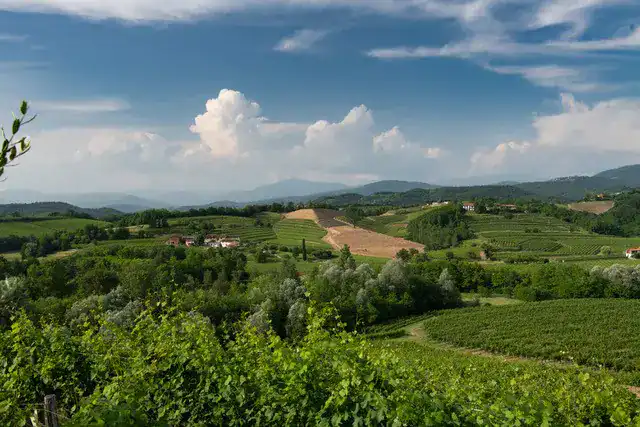
What are the goals of your term in office?
We will complete the projects already initiated by the previous leadership team.
Starting with the inclusion of the macerated wine category…
Yes, we want to finalise the production regulations for macerated wines. It’s a technique that has been successful in Collio and has seen a revival worldwide. It holds both historical and typical value. This move is about clarity: when a consumer asks for a Collio wine and may receive either a white or a macerated wine without clear definition, confusion can arise.
What will be the formal characteristics of the macerated wine?
The requirements won’t be overly restrictive: we’d like to specify a minimum number of days of maceration and define some analytical parameters, but we’ll remain open to different styles. We’ll work with professionals to find the right solution. As for the name of the category, we’d like something simple and instantly recognisable. For example, “macerato” or “from macerated grapes”.
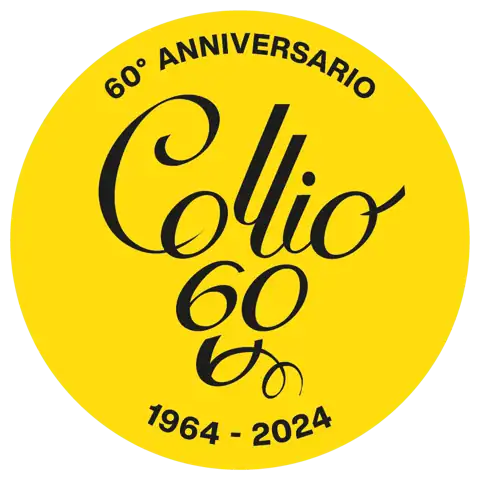
Then there’s the matter of the Collio Bianco, raised by the "rebels" who pushed for a version made only with indigenous grapes…
We’ll work on Collio Bianco to give it an identity with the highest possible quality as the goal. The technical working groups are already well underway.
Do we have a name already?
Not yet, we’ll see. The ministry regulations allow for an identifying mention capable of conveying a high-quality image. We want to emphasise the highest level of quality.
So Collio Bianco will be the result of a blend of Friulano, Ribolla Gialla, and Malvasia — in other words, the indigenous grapes?
It will still be possible to make Collio Bianco using all grape varieties permitted by the designation: in that case, it becomes a company-specific blend. However, Collio Bianco with a “mention,” made from indigenous grapes, will become a hallmark of the region.
Someone — like Robert Princic, owner of Gradis’ciutta, interviewed by Gambero Rosso — previously suggested using the term “Gran Selezione”…
“Gran Selezione” is certainly an interesting proposal, but using it would require DOCG status, which I think makes it a complicated option. In any case, it will be up to the region to decide: we’ve discussed it a lot in recent months, and now we want a name that expresses the region’s identity and projects a positive image. As a consortium, we will make proposals, but always with the goal of making shared decisions.
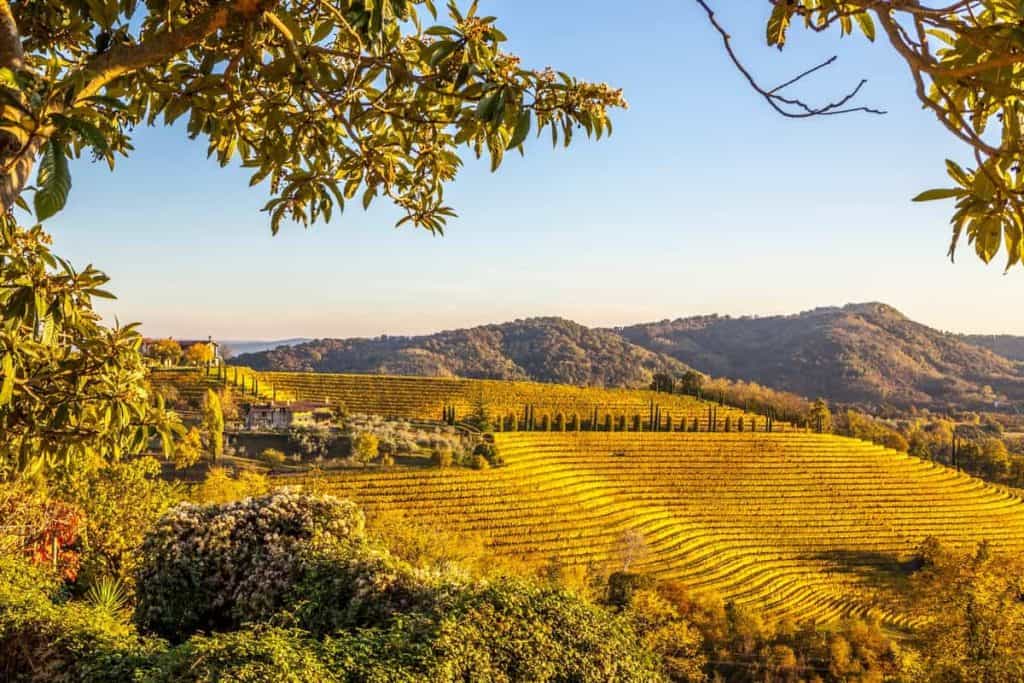
Will the production regulations be very strict?
We’ll set minimum percentages but not maximums. This will avoid overly legalistic restrictions.
Could the label “from indigenous grapes,” used by the group of dissenting producers, be accepted?
No, “from indigenous grapes” does not seem to be the right solution.
What is the current relationship with those producers? How do you assess their initiative?
The initiative around Collio Bianco “from indigenous grapes” provided an opportunity for dialogue and has helped in the development of the project. Two of the consortium’s board members are producers of that wine: they are aware of the path the consortium has taken and are also able to contribute their perspective in an active way. We’ve managed to bring the key players in the region back together, though collaboration already existed beforehand.
So, no more clashes?
Now there’s a shared understanding that those disputes were larger than the reality. The consortium has never closed its doors to anyone. We’ve always tried to involve the people behind this initiative. There’s a will to unite the territory beyond occasional discontent: we all need to be involved. And they, too, are open to that.
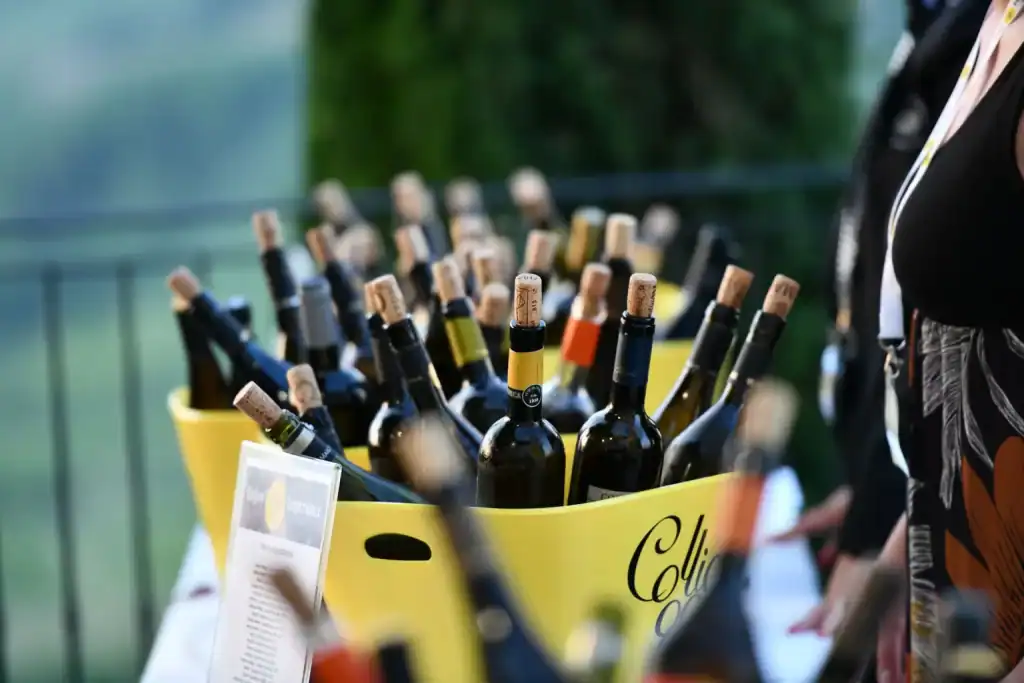
80% of Collio’s production is white wine. Today they’re a winning asset, but in the past, you’ve experienced a crisis — partly due to competition from Alto Adige…
In the past, we did lose ground. The consortium’s recent activities are specifically aimed at bridging that gap. But we’re confident. Our wines are unique: no other terroir is as clearly defined as ours. Moreover, we can boast an extremely high average quality among our producers: their wines rarely fall short of expectations.
This revival will culminate in the “Collio Evolution” event…
Yes, we’ve envisioned a new three-day event from 25 to 27 October 2025. This year the spotlight will be on Friulano: it’s the grape variety that most represents us, and all our wineries produce it. We’ll analyse the current vintage and reflect on the past, present, and future of Friulano.
Will this effectively be the long-awaited preview event?
Yes, it will essentially be a preview. A presentation of our products organised by us, offering an in-depth look at the Collio area.
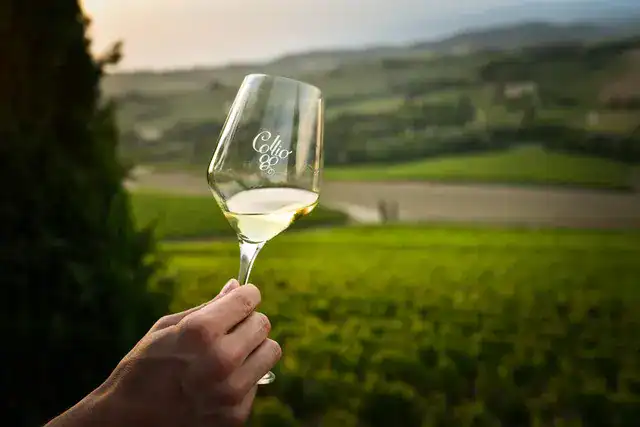
Your wines are often rich and structured. However, there’s now a trend toward lighter styles. How do you view the new wave of no- and low-alcohol products?
People have been talking about reducing alcohol for years. There’s a need to respond to climate change by producing slightly lower-alcohol wines with adequate taste and a lower psychological threshold. But we won’t enter the de-alcoholised wine trend. None of us is considering it at the moment. For now, we don’t need it: we want to enhance the value of our DOC.
Even by limiting the alcohol content of wines?
We’re working on it. We’ve held seminars to explore solutions for reducing alcohol levels. Clearly, producing structured wines results in slightly higher alcohol content. It’s also part of our region’s strength. But to avoid a psychological barrier towards the product, we’re working to avoid wines at 15%, aiming instead for at least 13.5%.

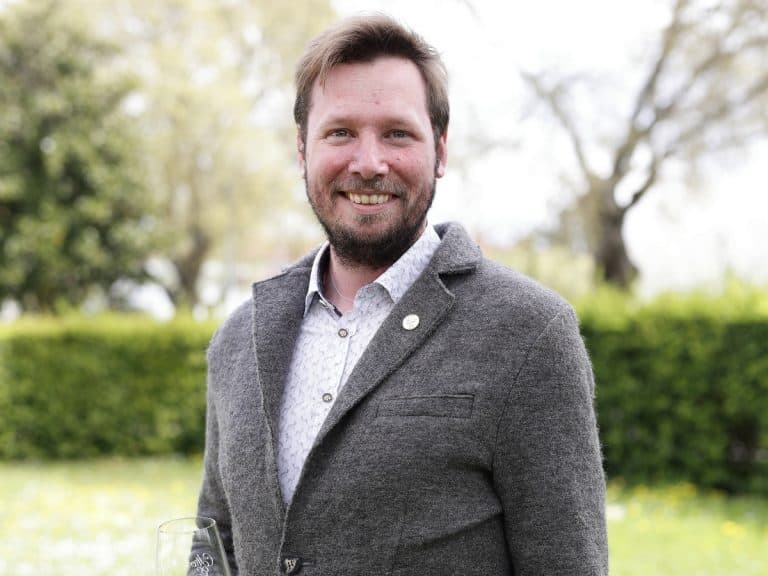
 The social media star resurrecting Italy's forgotten culinary classics
The social media star resurrecting Italy's forgotten culinary classics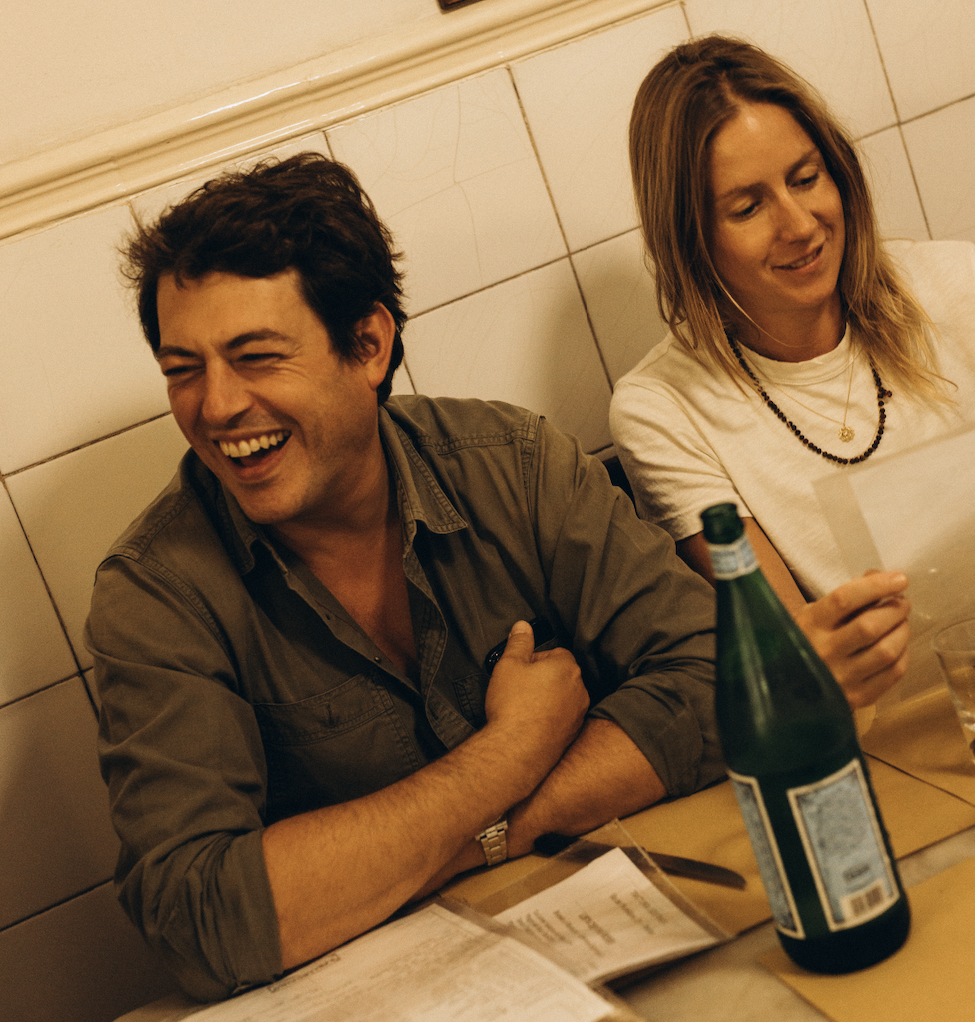 Giovanni Mazzei brings a taste of Florence to London
Giovanni Mazzei brings a taste of Florence to London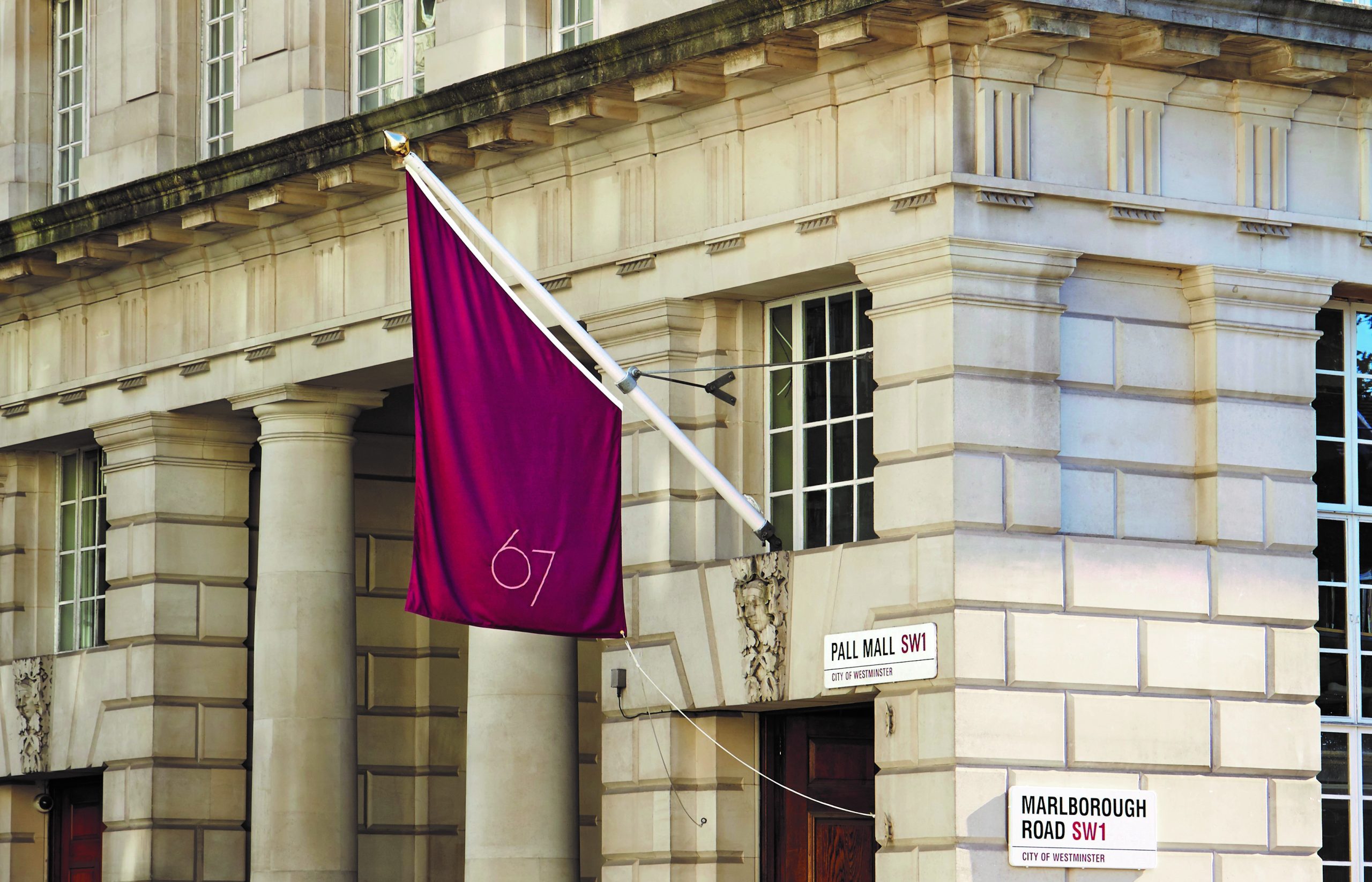 Burgundy dominates but Italy is rising: a look at London's fine wine trends
Burgundy dominates but Italy is rising: a look at London's fine wine trends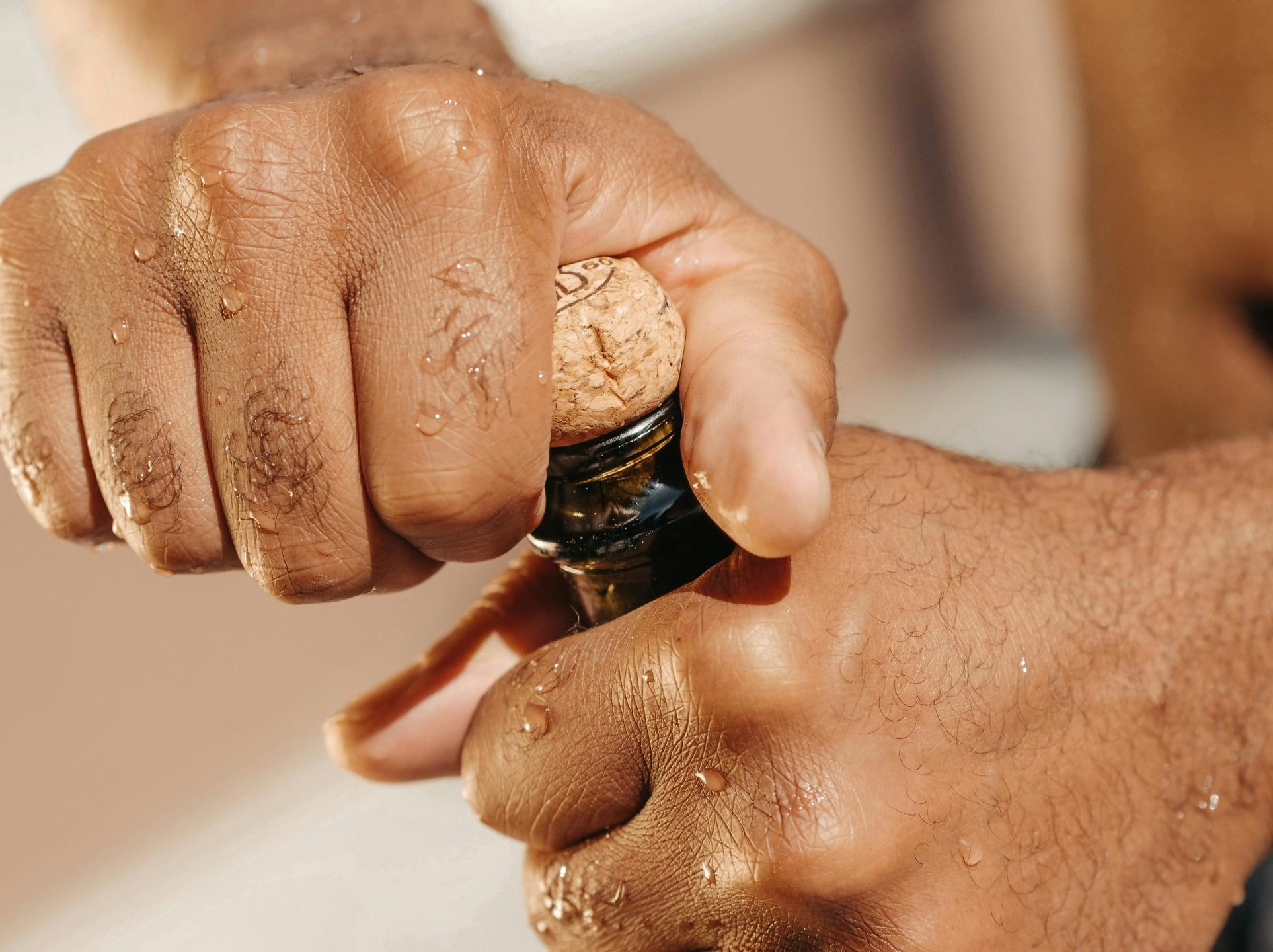 Costco Prosecco recalled over exploding bottle fears
Costco Prosecco recalled over exploding bottle fears The Consorzio Vino Chianti heads to Brazil: “An attentive public and a dynamic market”
The Consorzio Vino Chianti heads to Brazil: “An attentive public and a dynamic market”